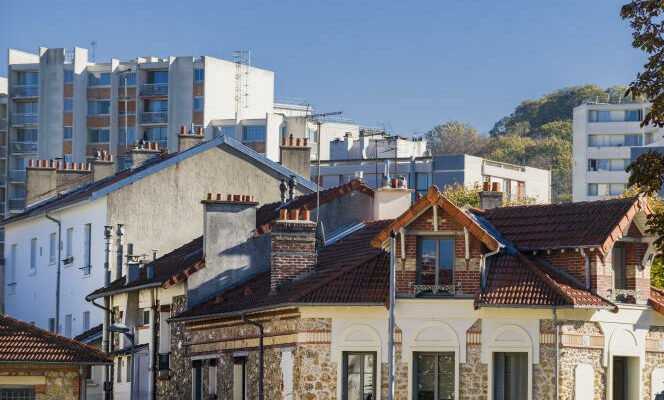The outcome of the extraordinary council to which the 208 councilors of the Greater Paris Metropolis were convened on Monday January 24 could take a big step forward in the political structure that brings together Paris and 130 municipalities in the dense area (7 million inhabitants ), but which, since its creation in 2016, is still struggling to exist. Elected officials must debate a 1,300-page urban planning document, the territorial coherence scheme (SCOT). Accompanied by twelve major guidelines and thematic maps, this text should provide a framework for Greater Paris development projects for the next fifteen years.
If adopted, after a public inquiry and a final vote which must take place by 2024, this text would be the “spinal column” of the metropolis, explains its president, Patrick Ollier. Conversely, if the elected officials could not agree, even though President Emmanuel Macron had announced, in 2017, that he wanted “simplify drastically” the rules of governance of the Ile-de-France millefeuille, it is the very existence of the metropolis that would be weakened.
At first glance, the SCOT is a document paved with good intentions. For four years, during meetings that brought together elected officials and technicians, each word was weighed, each formula was negotiated in such a way as to obtain the broadest consensus. Nevertheless, it is the document that will give mayors a common direction, but also the same elements of language to resist pressure from developers, which, in a territory where land is golden, has nothing to do with it. trivial, explain the town planners of the Atelier parisien d’urbanisme and the Institut Paris Région, APUR, the linchpins of all this work.
Delicate question of the suburban
Legally, the SCOT is not as restrictive as a municipal or intermunicipal local urban plan (PLU or PLUI). The latter must be compatible and not in conformity with the SCOT, that is to say respect the spirit, but not necessarily apply it to the letter. At the risk of minimizing the scope of the text, Patrick Ollier recalled it in a letter he sent to the advisers, in the hope of rallying those who still fear seeing their prerogatives diluted in the metropolitan giant.
Everywhere, the place of nature must be reinforced, insists the plan of territorial coherence
Stopping the consumption of natural agricultural and forest areas is one of the major advances of this work. In this, the SCOT anticipates the application of the principle of zero net artificialisation contained in the Climate and Resilience Law. Admittedly, there is only 5% of virgin land left on the territory of the metropolis, but after the final approval, no project can be carried out in urban expansion. However, the programs already voted are not affected. Thus, Aerolians, “the business park of tomorrow” (hotel, logistics, extension of the exhibition center), which should occupy a few tens of hectares, on the edge of Roissy, if it is not called into question, could see the light of day. The same goes for another project in Gennevilliers (Hauts-de-Seine).
You have 52.64% of this article left to read. The following is for subscribers only.
